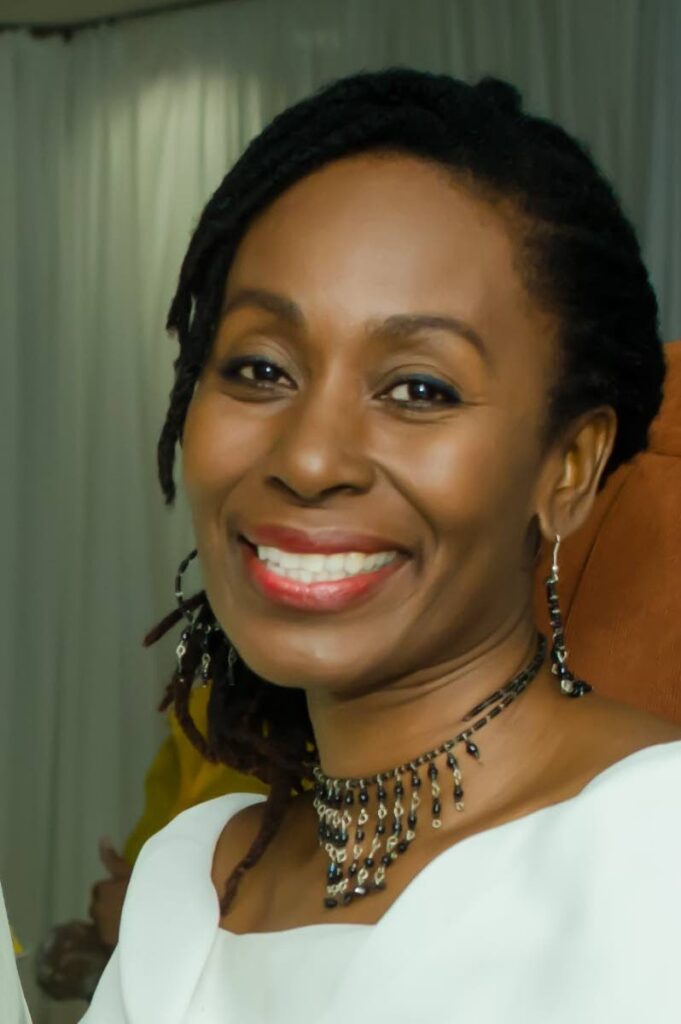Long road to equality for women creatives

Culture Matters
DARA E HEALY
The global community faces some of its most significant challenges in decades, and the creative economy can help diversify production, build competitive advantage, attract investment, support entrepreneurship and innovation, and promote cultural diversity and well-being. It's a $1.5 trillion industry that can power sustainable development in all countries.
– Creative Economy Outlook, 2022, UNCTAD
THIS WEEK, women across the world from Pakistan to Spain and the Philippines marched in the streets demanding equal treatment for women as part of the observation of International Women’s Day on March 8.
At home, activists and non-governmental organisations again spoke out on the increase in societal violence and the unsafe environment for women and girls. Additionally, they pointed out the alarming statistics on the high incidences of intimate partner violence and increase in the abuse of children.
The status of women in our cultural and creative industries was another aspect of the conversation. Not surprisingly, there is still much to be done to achieve meaningful empowerment of women in these sectors.
Prominent soca artist Fay Ann Lyons expressed concerns on the question of image and physical appearance.
“My talent is what I sell first, so I want to be in a particular category that I can put on a garbage bag, go on stage and stir up the place. I want to perform and have it be about what you do on stage, as opposed to how you look.”
Sadly, we in TT and the Caribbean have not escaped the pressure of women performers dressing to compete with other entertainers or ensure major earnings. The issue has become more sinister than wearing the sexiest outfit, the most outrageous makeup or securing the hottest video producer.
In the R&B world there have long been discussions about the comparative success of lighter-skinned black women entertainers over others in the industry. Film actresses in Hollywood have commented how being larger than the socially acceptable size often leads to typecasting or limited roles.
These superficial values are now seeping into our own entertainment sector. Skin bleaching, surgical alterations of certain body types, contact lenses in colours typically associated with Caucasians – the list is disturbingly long.
As a nation already struggling to make peace with our identity, it is essential that we address these trends and not wait until they begin to emerge in competitions like Junior Calypso Monarch, children’s masquerade or Junior Best Village. Certainly it will happen if we fail to reject colonial and western ideas about beauty, talent and culture.
We also need to address the concepts of equity and equality that were raised as part of the women’s day celebration. In the creative sector, how is equality defined? The sector is broad and includes a range of activities from advertising to broadcasting, music, film, fashion, photography and dance.
These all feed into the creative economy, which is the development and monetisation of the sectors. Advocates are “primarily concerned with making the political, social and economic status of women equal to that of men and with establishing legislative safeguards against discrimination on the basis of gender.”
To achieve equality, there must be more equity in the way government treats with creative industries. For example, Renella Alfred from the renowned jab jab family in Couva should be able to easily access a grant for training other young women in the jab jab tradition. Further, she (and any other female community-based entrepreneur) should be able to use the community centre for her training, without its becoming an exercise in bureaucratic frustration.
Equity in the creative industries also requires the enactment of legislation related to cultural and creative industries. Cultural policies sound nice, but there is no legal obligation to deliver, and they are rarely implemented. Legislation is essential to safeguard the rights of women and other practitioners in the industry.
Critical areas include protection of original creative output, making it easier to file patents and providing national cultural bodies with timelines for payment of artists, with consequences for late payment, such as interest accruing after a particular date.
Women artists and cultural practitioners have a responsibility, not just to our craft, but to younger generations. We may not take to the streets, but we must agitate for equity, for equality and justice. We must speak up with one voice not just on March 8, or at Carnival time, but every day – until true equality for women in the creative sector is achieved.
Dara E Healy is a performance artist and founder of the Indigenous Creative Arts Network – ICAN


Comments
"Long road to equality for women creatives"